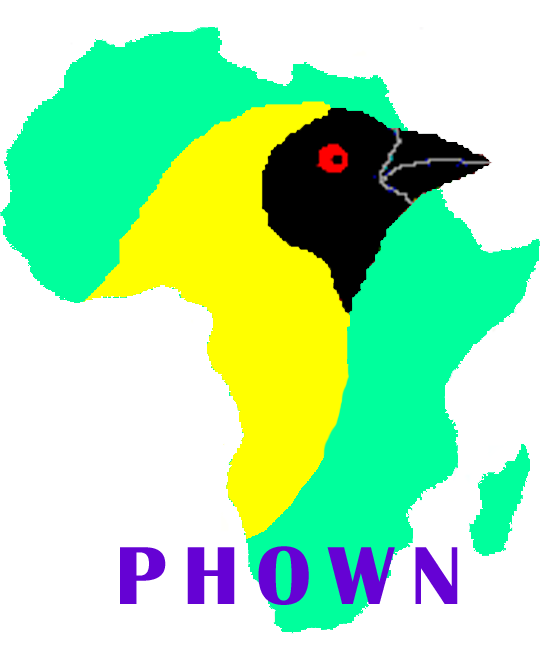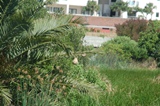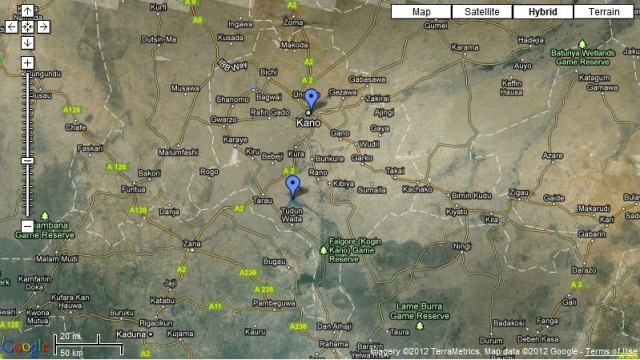Weaver news
| Karamba KI, Kawo AH, Dabo NT, Mukhtar MD. 2012. A survey of avian malaria parasite in Kano State, Northern Nigeria. International Journal for Biotechnology and Molecular Biology Research 3(1):8-14. Abstract. As an attempt to keep abreast of the variety of avian Plasmodium parasite in Kano State, a total of 218 blood films were made from wild (116) and domesticated (102) bird species collected between January and July, 2009 period. The slides were examined for the presence of Plasmodium parasite (parasitaemia value). Birds examined were six Columbidae livia (pigeons), two Cisticola cantans (Singing cisticola), two Crinifer piscato (Western grey plantain eaters), two Lamprotornis superbus (Buffalo weavers), five Stigmatopelia senegalensis (Laughing doves), twenty-six Ploceus cucullatus (Black-headed weavers), forty-three Amadina fasciata (Cut-throat finches), five Lamprotoni caudatus (Long-tailed glossy starlings), twenty-four Uraeginthus bengalus (Cordon bleu finches), fifty poultry chickens, forty-six local chickens (Gallus gallus), three Nigrita Spp (Negro finches) and four Streptopchia decipiens (African mourning doves). Results of the investigation showed that Plasmodium circumflexicum, Haemoproteus columbae and Plasmodium gallinaecium were present. The frequencies of occurrence in the birds' species were: 19.56% for local chickens, 50% for pigeons, 13.95% for Cut-throat finches, 50% for Grey plantain eaters, 33.3% for Negro finches and 0% for other birds. Overall, 6.89% of all the wild birds screened were infected as against 11.7% in domesticated birds. Domesticated birds had higher parasetaemia value (100 to 1000) cells per field than the wild birds (10 to 100) cells per field. However, the distribution of the parasites among the different species of the host birds was not statistically significant (P > 0.05). Chloroquine was found to be potent at 2.2 mg/ml concentration upon infected pigeons. A lineage of H. columbae named as type COLIV03 in MalAvi database was identified from the pigeons. This finding has thus called immediate massive screening of pigeons in Kano for this new variant of Plasmodium species with a view to elucidating its molecular and virulence nature as agent of avian malaria. 26 Village Weavers (Black-headed Weavers in the paper) samples were collected at Tiga dam in Kano State. The Superb Starling Lamprotornis superbus does not occur in West Africa, hence "Lamprotornis superbus (Buffalo weavers)" presumably has the Latin name in error, and refers to the White-billed Buffalo-Weaver Bubalornis albirostris. 2 buffalo weaver samples were collected in the Botanical garden in Bayero University, Kano. None of these weavers contained Plasmodium parasites. Previous news about maleria in Nigerian birds see here.
Literature as featured in Weaver Watch news items |











